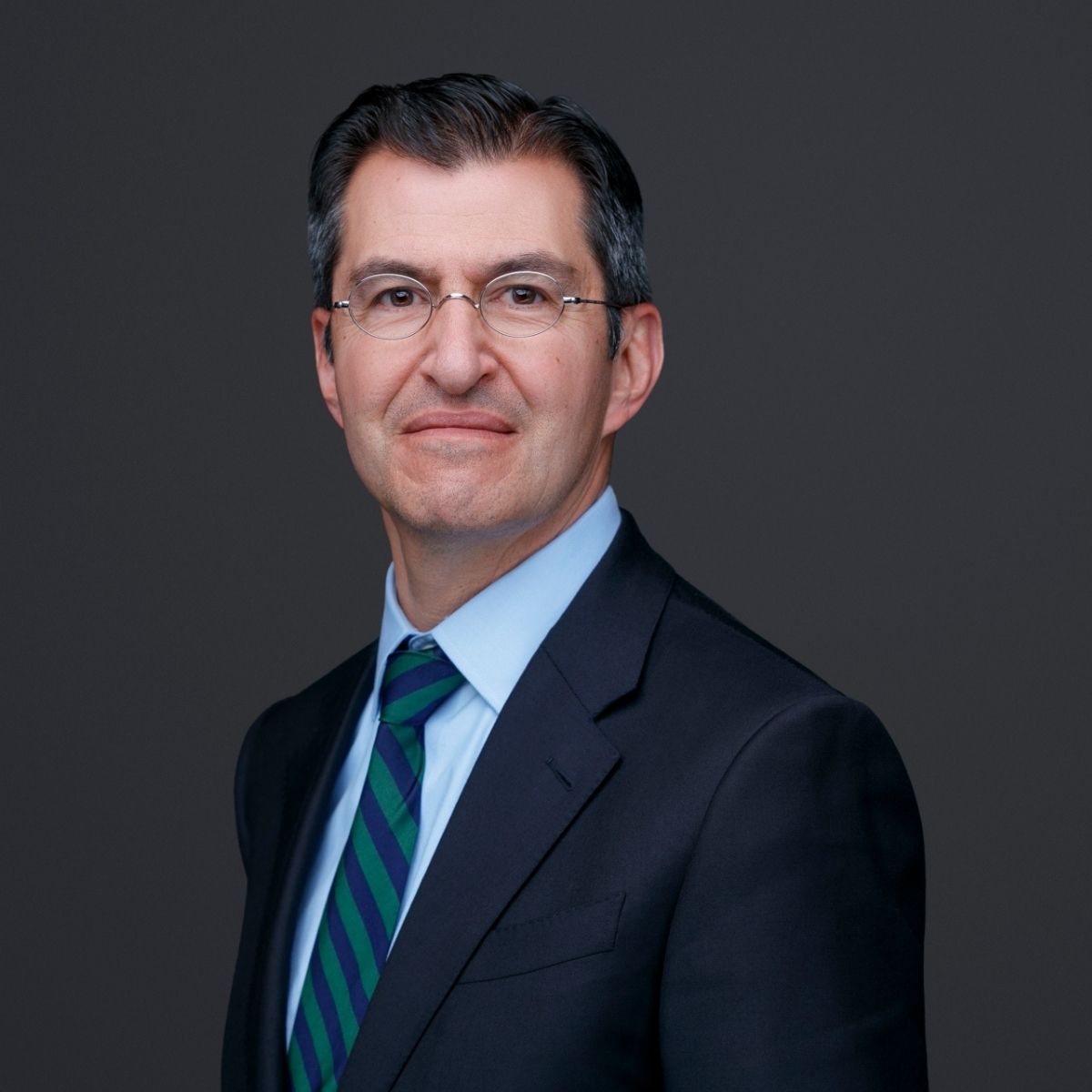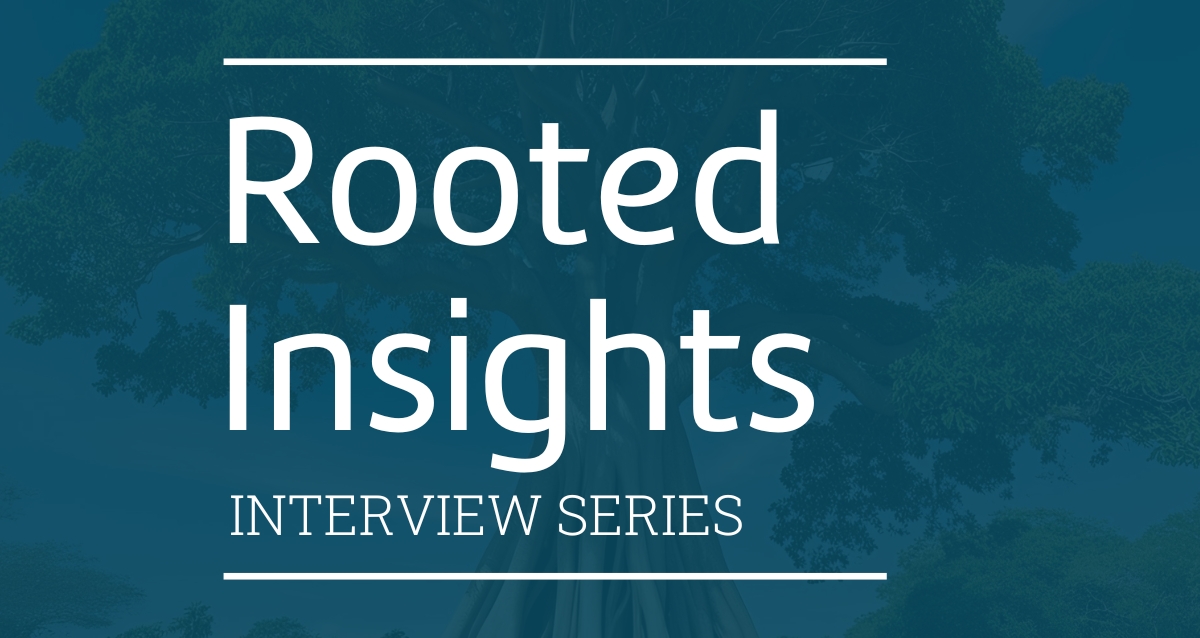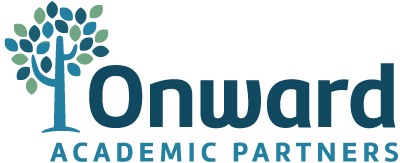Rooted Insights with
Alexander Norbash, MD, MS, FACR
Alexander Norbash, MD, MS, FACR
Rooted Insights with Alexander Norbash, MD, MS, FACR
Shaping the future of medical education
What does it take to lead in medical education today? In this Rooted Insights interview with Alexander Norbash, MD, MS, FACR, Dean of the School of Medicine at University of Missouri-Kansas City, he shares his perspective on innovation, mentorship and staying grounded in purpose. As a distinguished leader in medical education and a UMKC alum, Dr. Norbash brings a wealth of experience to training the next generation of physicians. In this insightful Q&A, he discusses the unique features of UMKC’s renowned six-year medical program, its integrated curriculum and some of the broader issues facing UMKC today.

Dr. Alexander Norbash, M.D., M.S., FACR
What distinguishes your six-year medical program from others in the country?
Our program is one of the very few remaining full-board six-year medical programs in the United States. While some institutions have abbreviated programs, these typically accept only about 10 students a year and simply shorten the undergraduate and medical school years sequentially. In contrast, we enroll 105 to 110 students annually and integrate the humanities, basic sciences, and medicine from the very first day. Students, often as young as 17 or 18, immediately begin learning about medical conditions such as anemia, diabetes, and stroke. This longitudinal, integrated approach allows us to teach medicine throughout all six years, which has contributed to our program’s longevity while others have dissolved. This model has also allowed students to benefit financially as they have two less years of tuition—a significant cost savings.
How do your students perform in residency placements and Board exams?
Our students excel in standardized testing, with a board pass rate of 98%, compared to the national average of 91%. We attract highly competitive applicants from across the country, however a majority of students are from Missouri considering UMKC is a state school. Our graduates are well-prepared clinically, making them strong interns. Residency programs that accept our graduates often continue to do so, recognizing the solid foundation our students receive, particularly in internal medicine.
What is the primary career path for your graduates?
Nationally, about 35-40% of medical students go into primary care (pediatrics, internal medicine, or family medicine). At our school, 56% of graduates enter primary care, which is 20% higher than the national average. This school recognized and wanted to help address the need for more rural primary care practitioners. There is still a strong tendency toward these fields, although many do subspecialize once in residency. 65% of our students carry debt, and they average $185,000 of debt which is a big factor for students as many may electively gravitate to higher compensating specialties. Regarding specialty selections Internal Medicine and Family Medicine have traditionally been high at UMKC, interest in psychiatry has recently increased. Our psychiatry match rate increased from 3% to about 9% this year. This is likely due to advances in psychiatric treatments, increased societal awareness of mental health issues, and the growing visibility of conditions like substance abuse and suicide.
“AI is rapidly becoming a significant part of our curriculum. We already include AI in areas like biostatistics, healthcare education, and bioinformatics, and plan to expand its presence in the next 18 to 24 months.”
What are the main challenges facing medical education and physician training today?
The biggest bottleneck is the shortage of residency positions, which are primarily funded by the federal government (through CMS). Without sufficient funding, there aren’t enough residency slots created for all the graduating medical students. So we are inadvertently limiting the number of new physicians entering the workforce at a time when we desperately need more.
Another challenge is the lack of incentives for physicians to teach, as educators typically earn less than private practitioners. There are beds that could be used for training students out in the community hospitals, but a lack of teaching physicians from the community often restricts the ability to use them. Financial constraints and insufficient government support are major obstacles to addressing these issues.
How does your program teach students about health inequities and other public health challenges?
Addressing health disparities is a central focus of our program. Faculty like Dr. Jannette Berkley-Patton lead initiatives targeting communication and preventive care in underserved communities, using venues such as churches, barbershops, and community organizations to promote health education. Our students rotate through a variety of clinical environments, including safety net hospitals, free clinics, and street medicine groups serving the homeless. We are connected with four major health systems: University Health (a safety net hospital), St. Luke’s (a private system), Children’s Mercy Hospital (pediatrics), and Mosaic (a rural system). These partnerships ensure students encounter a wide range of social determinants of health and students see disparities firsthand. Funding for these efforts is always challenging. We rely on grants, philanthropy, and limited government support, making sustainability an ongoing concern.
How is artificial intelligence (AI) incorporated into your medical curriculum?
AI is rapidly becoming a significant part of our curriculum. We already include AI in areas like biostatistics, healthcare education, and bioinformatics, and plan to expand its presence in the next 18 to 24 months. AI-driven question banks and informatics groups are being formed, and we are constructing new facilities to support this growth. The curriculum is being adapted to teach both the theory and practical applications of AI in clinical practice, including the use of AI tools for documentation, billing, and patient follow-up. Adaptive, modular courses are being added in a less formal way to keep up with the fast pace of technological change, ensuring students are prepared for the evolving field of medicine.
What are the challenges in recruiting faculty, especially for research and teaching
roles?
roles?
Recruiting faculty, particularly basic scientists, is increasingly difficult due to financial limitations. Clinical faculty can sometimes be recruited if compensation is competitive, but basic scientists require substantial startup packages which are hard for safety net hospitals to provide. Hiring clinicians is difficult and finding Department Chairs for departments is an issue as well. Chairs in particular have to be attracted to the mission and able to get a lot done with fewer resources when they choose to lead in a safety net hospital. Attracting a critical mass of research faculty so they can collaborate on efforts to a safety net institution is also challenging. Additionally, international competition for research is intensifying, with countries like China and India offering attractive packages to lure dual citizen scientists back away from the U.S. This is what’s happening right now.
How do you balance your responsibilities as dean with your personal interests?
I am a licensed helicopter pilot and still fly regularly as a hobby. Flying requires intense focus and discipline, much like my role as dean. When piloting a helicopter, one must be fully attentive, which provides perspective on the significance of one’s work. It is a serious endeavor, you must be on your game and proactive. Always keeping up with the field through things like recent accident reports is essential. Flying, much like medicine, is not something to set down and suddenly pick back up. Flying reminds me of the impact we can have on those around us and the importance of staying grounded despite the pressures of the job. And when you’re a couple of thousand feet up looking down at the beauty of nature and how small we each really are, it puts things in true perspective.

Rooted Insights is an engaging interview series that brings you candid conversations with some of the most dynamic leaders in academic medical administration. Over the years, I’ve had the privilege of learning from and collaborating with these remarkable individuals, and now, we’re sharing their insights and experiences directly with you.
Each interview offers a concise yet impactful perspective on timely and relevant issues in their area of expertise across academic medicine. Whether seeking new ideas, professional inspiration, or development guidance, these conversations are designed to spark your curiosity.
If you’d like to dive deeper, please contact me directly and we can continue the conversation.
Sit back and enjoy this series.

